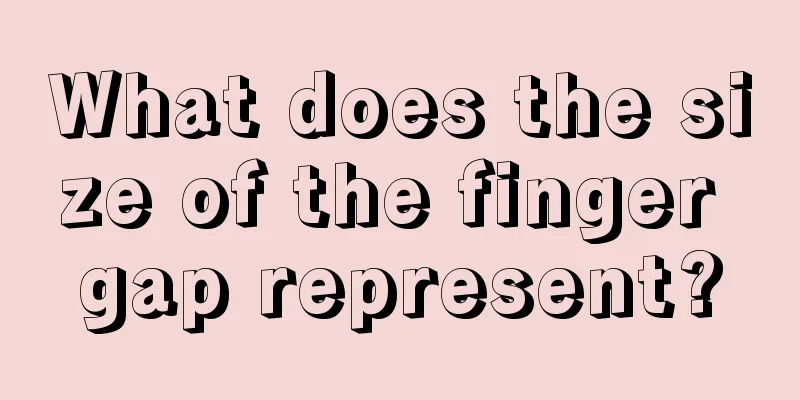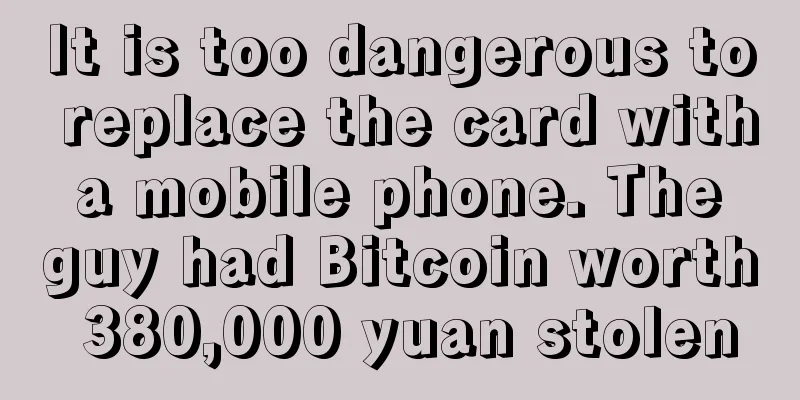Fortune: Blockchain could have saved Lehman Brothers

Translation: Annie Xu Blockchain technology could have saved Lehman Brothers? Well, you could say that. If bitcoin’s blockchain technology had been available in 2008 and adopted by Lehman Brothers, the investment bank collapse that triggered the financial crisis would not have occurred, Commodity Futures Trading Commission Commissioner J. Christopher Giancarlo said on Tuesday. J. Christopher Giancarlo Giancarlo said that if blockchain technology, the digital accounting protocol that supports bitcoin transactions and is now being tested for other trading applications, had been used earlier, it would have been clear to regulators that Lehman Brothers' financial activities were entering extremely vulnerable areas.
Therefore, Giancarlo said that regulators should not interfere with banks’ blockchain-related application testing. He compared blockchain technology to the development of the Internet and called for the same do no harm regulatory policy for blockchain technology, just as the government’s decree on the development of the Internet more than 20 years ago. Implementing a do-no-harm policy requires many regulators, such as the FDIC, CFPB and FinCEN, to work together to develop a simple guidance framework that banks can follow without worrying about changing regulatory policies. Reportedly, banks such as JPMorgan Chase have already begun testing blockchain technology. However, it’s not clear whether blockchain is a silver bullet for the financial crisis, and some even derided Giancarlo’s comments as crazy. Bert Ely Bert Ely, head of financial institutions and monetary policy consulting firm Ely & Company, countered:
He believes that it is wishful thinking to expect the government to adopt blockchain technology, and cross-institutional cooperation is not the strong point of regulators.
However, the financial industry is still interested in blockchain technology and will slowly conduct various experiments before regulatory policies are finally decided. The aforementioned DTCC, whose owners include a group of banks, hedge funds and other financial intermediaries, only provides a database for the transaction records between owners. On Wednesday, it announced a cooperation plan with blockchain startup Digital Asset Holdings to track repurchase agreements between bank members. The head of Digital Asset Holdings is former JPMorgan Chase banker Blythe Masters, and the company's investors include JPMorgan Chase, CME Group and the recently joined ASX (Australian Securities Exchange), Australia's largest exchange operator. |
<<: Ethereum technical analysis - resistance at $11.80
>>: Ethereum’s rise and development makes headlines
Recommend
What does having only one dimple mean? Is one dimple better or two?
In some cases, if a person has certain facial fea...
Why acne on the face can also affect your relationship
Many people believe that a woman’s smooth and fla...
BTC will adjust mining difficulty and is expected to break 7 T for the first time
According to BTC.com data, the current BTC networ...
What is the relationship between the couple if the marriage line forks at the beginning?
How to read the marriage line in palmistry? There...
What does thick earlobes mean?
According to the older generation, to tell whethe...
UniCredit Bank releases white paper exploring blockchain applications in banking
UniCredit has published a white paper exploring u...
Who will be the final winner in the blockchain protocol war? Bitcoin or ETH?
Note: The author Tuur Demeester is an independent...
A look at Guo Donglin from the perspective of physiognomy
Guo Donglin, born on July 20, 1961 in Huainan Cit...
Do you have the face that particularly desires marriage? Deep eye sockets
Some people don't care about marriage. They t...
From Etherscan’s functional updates in 2021, we can see the development history and direction of the crypto world
Original title: From the functional updates of Et...
Crypto Market November Briefing: The Fifth Bull Market Is Just Around the Corner
Macro Market As EMC Labs predicted in its October...
China UnionPay and JD Finance announced successful blockchain cooperation test, deploying cross-regional and cross-operator alliance chain
On May 9, China UnionPay's official website r...
What does it mean for a woman with a red nose bridge? Her complexion and face look!
The bridge of the nose is between the two eyes an...
What are the facial features of people who are either rich or noble? What are the facial features of people who are extremely rich and noble?
People with sharp edges and corners in their phil...
Women with these 9 types of hand lines have good luck. Do you have one?
Some people are born with a silver spoon in their ...









